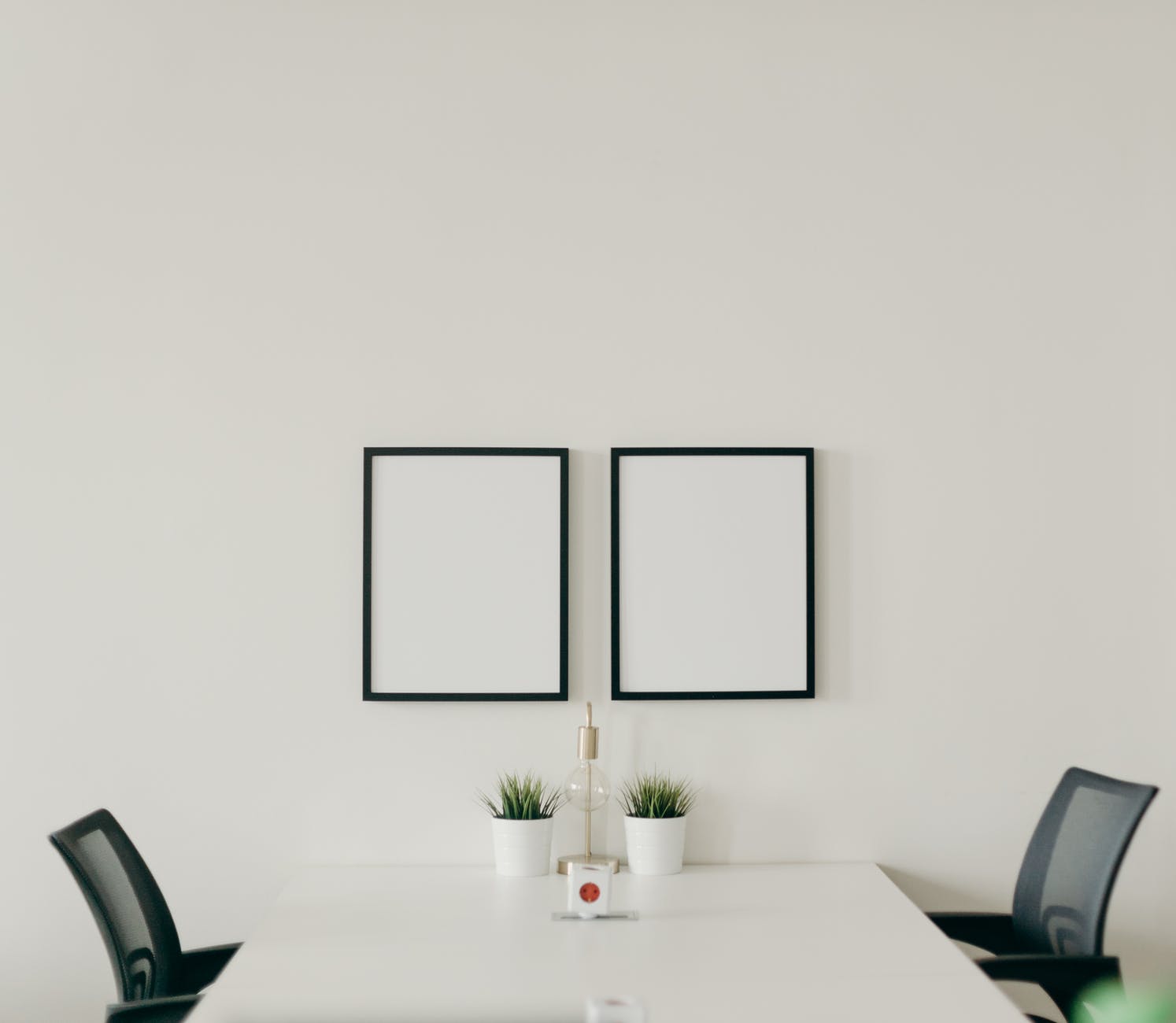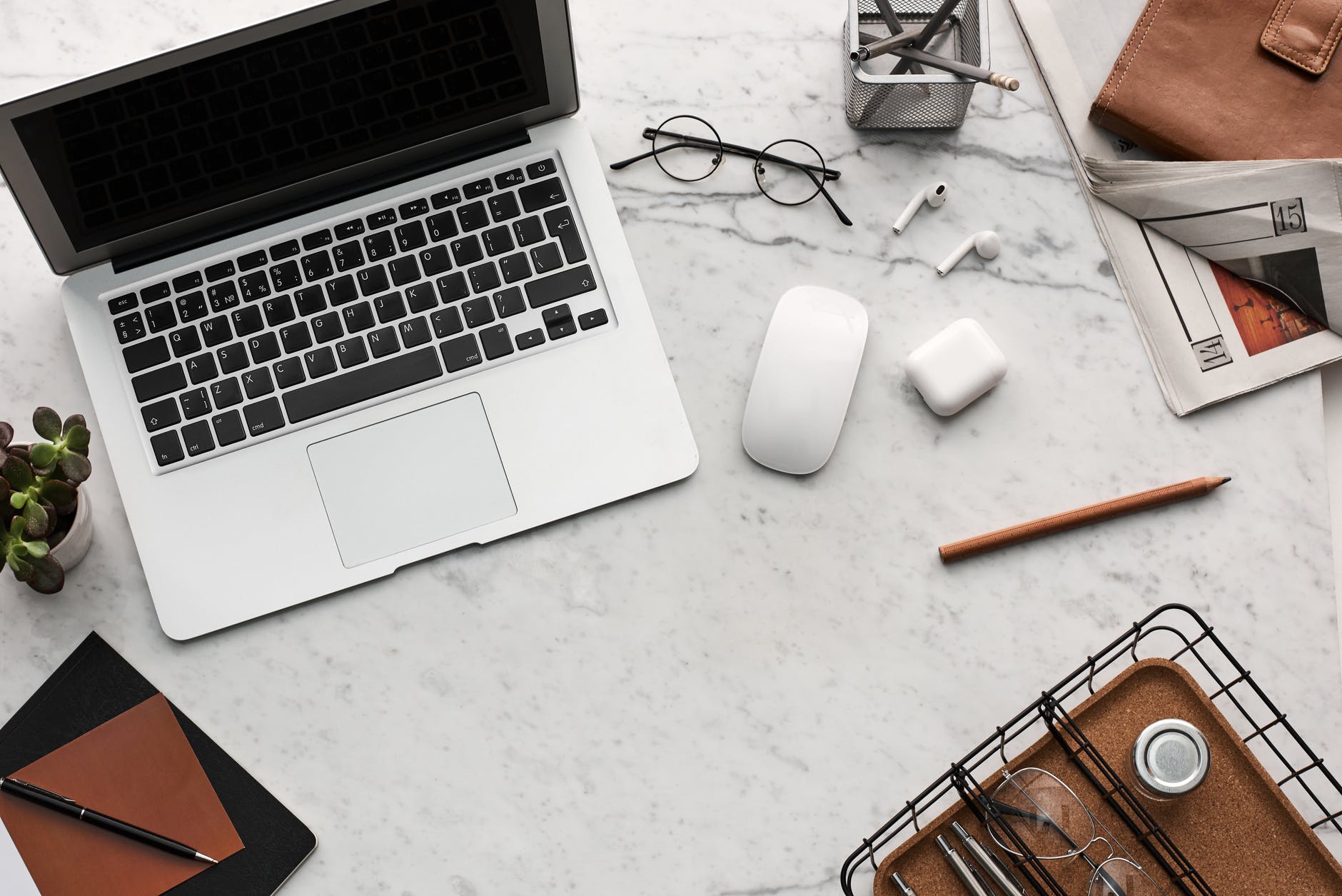
Choosing the correct furniture for an office can increase workers’ comfortability which will help to drive productivity, resulting in increased profitability or performance of the organisation as a whole. The Stirling Chair is made from a sensitive foam which moulds itself around the person’s body. The chair has 4D adjustable armrests and a donated synchro tilt and lock system which reduces the time workers spend adjusting the chair’s settings for their comfort, resulting in an increase in the time spent working. The Paxton Chair also has many adjustable features too, a deep seat and a unique backrest which is designed for optimum support. Workers are able to spend more time sitting at the desk using these chairs because of the added comfort which they provide which leads to increased time spent at the desk and greater productivity.
An alternative to ergonomic chairs are standing desks which are adjustable to the height of the worker while they are standing. The health benefits of using an adjustable standing desk (resulting from both improved posture and calorie burning) reduce the sick days taken by workers, increasing the time spent working and further driving productivity. The Wolfe standing desk has a telescopic frame which can be adjusted to move up and down and to fit the individual worker.
Ergonomic furniture reduces the frequency of workplace injuries due to the support which the office chair gives to the body, releasing pressure points and improving posture. Freeing the muscles of strain reduces the feeling of physical fatigue which can further lift the mental strain of the worker. The morale of employees can also be lifted after bringing in ergonomic furniture as workers can feel that their well-being is being taken into consideration, contributing to stronger mental health of the workforce.
Similarly to the advantages which come as a result of improved physical health, the boosted mental health of workers can drive productivity of the whole team. Further, the adjustable and flexible design of ergonomic furniture means that furniture is suitable for each individual worker; the height and depth of the furniture can be tailored to each person rather than a “one size fits all” approach which traditional office furniture uses. This increases the focus of the worker who spends less time trying to find comfort, enabling them to work more efficiently, resulting in greater productivity for the whole organisation.
Furniture which allows the worker to move between sitting and standing positions can significantly improve the performance of employees and reduce the rest time spent between tasks. This combination of positions boosts the movement of employees compared to a purely sedentary position, improving circulation and raising energy levels while also reducing musculoskeletal strain and risk to injury. Standing desks increase the rate at which workers’ bodies burn calories, reduce blood sugar levels and increase metabolism. These benefits increase the wellbeing of workers who are more likely to spend time at the desk, driving productivity.
Considering the environment of the office can have a significant impact on the productivity of the organisation. With regards to light, the light levels, the source, direction and colour are all critical ergonomic factors which can enhance workers’ productivity. Controlling the level of noise in the office can also drive concentration and productivity as noise disturbances such as traffic can interfere with workers’ focus.
Finally, aesthetic choices such as the design of floors and ceilings can be strategically designed with acoustics in mind to minimise noise levels. Colour design can be used in order to drive productivity in a particular direction. For instance, while natural-toned colours such as green and blue can improve efficiency and focus, warmer colours such as yellow can trigger optimism, creativity, and energy and vivid colours such as red can add intensity to the décor and can inspire passion and boost physical activity.

